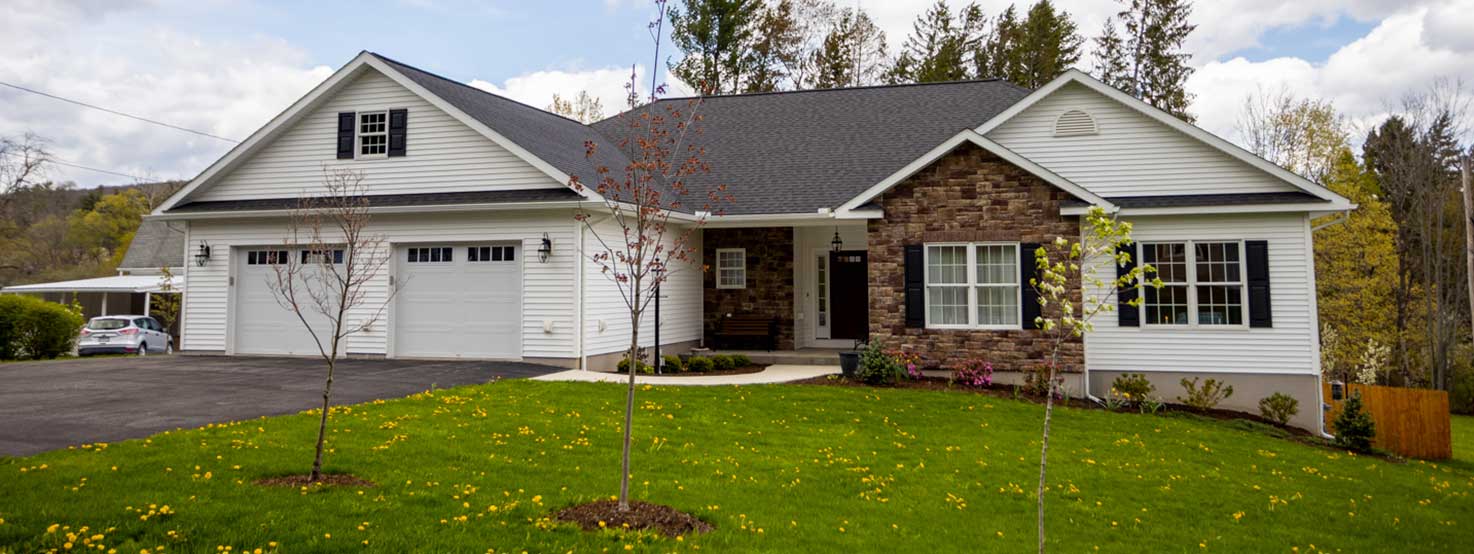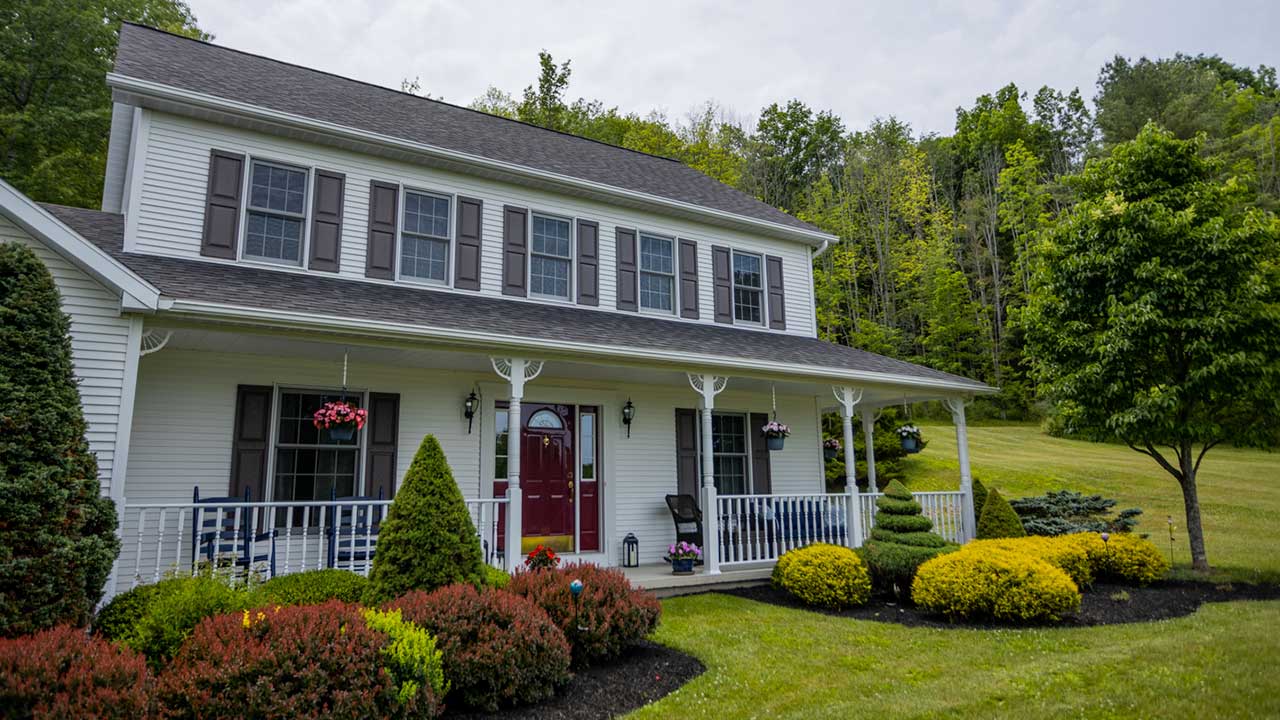Channels

Rotary

Rotary Conference

Laurel Health Centers

Penn Oak Realty

Movin Together

Bank On It

Dunhams Corner

By The Door

Questioning Life

Karschners Insurance

Ag Happenings

Back to Basics

Hornet Happenings

Live From The Hive

Momday Monday

Pennsylvania Politics

The Briefing

Weekly Highlights

Wellsboro Chamber
The Ornaments That Made History
Today we had the privilege of speaking with Skip Cavanaugh, affectionately called the historian for the era of glassmaking in Wellsboro by his community. And who better to tell the story than someone with personal and professional work experience at the Corning Glass factory beginning in 1965 and retiring with Osram in 2002 as the Technical General Manager of packaging and finishing. In those 37 years Skip greatly appreciated the family environment while working by stating, “When you went to work you were with family and we enjoyed what we were doing. We shared the ups and downs of real life with our friends and neighbors working with us.”
Skip shared the details of Corning Glass beginning in 1916 in downtown Wellsboro when they purchased a defunct plate glass plant to blow light bulbs for Thomas Edison. He and George Westinghouse were lighting up New York City at the time and they developed an e-machine. Soon after that in the early 1920s, Mr. Woods developed the ribbon machine, and that is still the machine that blows light bulbs and glass ornaments today.
He showed the 1940s “golf ball” ornament with many dimples to reflect the light on a Christmas tree. Also in the 1940s, they hand-decorated the ornaments, and many women enjoyed that job. Skip explained that when we were importing the ornaments from Germany before WWII, there were several different, very delicate designs that came from Germany. Corning Glass in Wellsboro developed molds to emulate all the ornaments that had been purchased from Germany here in America. The Silver & Lacquer machines, high-speed machines for decorating, and many molds were all developed here in Wellsboro to fill the need for ornaments created during WWII when Germany stopped sending ornaments to the world Wellsboro then became known as the “Christmas Ornament Capital of the World, producing over ninety percent of all the ornaments made during that time. These ornaments were sent out to many customers such as Max Eckard of the Shiny Brite Company.
Though they made millions of light bulbs, they had the capacity to make Christmas ornaments and many other things at Wellsboro so they expanded the growth in Wellsboro to add two and three ribbon machines that were going simultaneously, the plant was able to dedicate certain machines at certain times of the year to run Christmas tree ornaments strictly.
In the video presentation, he showed one of his favorites, including a round dimple reflector (RDR). These were dimpled in on one side and difficult to produce on a ribbon machine. Typically when bulbs are blown into the round molds on the ribbon machine, they would rotate. With shapes like the RDR, the molds would close and could not rotate until they opened back up. They were called a hot iron job. As the molds go by, they would be sprayed with linseed oil to keep the glass from sticking to the cast iron molds. Other shapes included Santa Clauses, Sleighs, Candy Canes, Christmas Trees that would eventually be silvered and painted.
In the 1970’s Corning Glass developed a machine called a Permacap machine, where the top was formed with the wire in it, and then a glue-spray-glass material was put around it to make a snow-capped ornament. They were expensive and didn’t market well, so they were discontinued.
He then also showed us some shrink film coverings from the 1970s. The 3-1/4” bulbs were often frosted or silvered and lacquered and then run through a shrink film process. Some themes included Holly Hobby, the Christmas story from Advent through the birth of Christ, snow scenes, manger scenes, different birds, Currier and Ives scenes, and Norman Rockwell scenes.
The Silver & Lacquer machines, high-speed machines for decorating, and many molds were all developed here in Wellsboro to fill the need for ornaments created during WWII, continued until the 1990s.
Corning Glass in Wellsboro continued to run many different ornament forms on the ribbon machines as clear glass through the 1990s, and then sent them out to other companies to be decorated. There were three major companies that did the decorating, located in Gastonia, SC, Roswell, NM, and Sparks, NV.
Corning Glass Works opened its doors here in Wellsboro in 1916 then becoming a part of GTE in 1981 and in 1993 of Osram of Germany bought it and later transitioning into Osram/Sylvania covering a hundred year history of glass making closing its doors in 2016.
Come and personally see some of the Corning Glass Works ornaments on the weekend of December 7 through the 9th at the following stores listed below on the historic ornament tour.
And for more information go to the Christmas on Main Street Website and Facebook page.
Credits:
Idea/Concept: Sara Vogt
Videography: John Vogt
Video Editing: Andrew Moore
Writing: Sara Vogt
Anchor: Johanna Vogt
Produced by Vogt Media
Home Page Sponsors: Christmas on Main Street, Akiko's Floral Arts






































